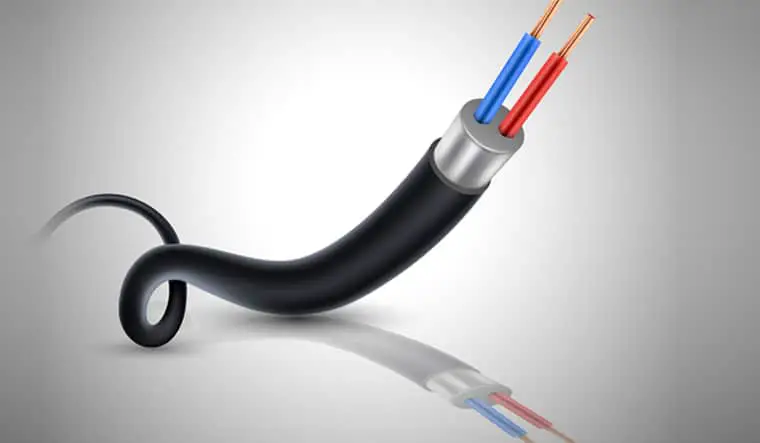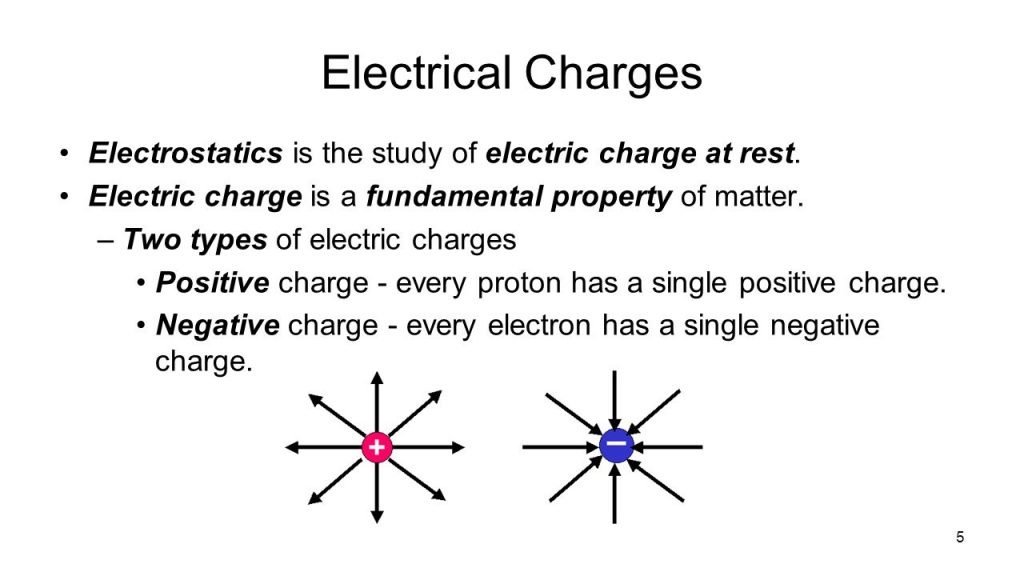

This analogy is a good mechanical system ie analogous to an electric circuit. It's not possible to see the electrons, therefore the water pipe analogy helps us understand electric circuits in a better way. Ohm’s law describes current flow through a resistance when different voltages are applied at each end of resistance. In filament of the light bulb, increasing the current raises the temperature and thus Ohm’s law cannot be applied.Ohm’s law holds only if provided temperature and physical factors remain constant.Ohm’s law gives the relationship between electric current and potential difference.It is written as V=IR where R is the electrical resistance of a conductor.Ohm’s law states that the electric current flowing through the conductor is directly proportional to the potential difference (V) applied across its ends.The Drift Velocity of an electron per unit electric field applied.

The relationship between the electric current and drift velocity is V d = I/An e.
Conductor definition physics free#
When a potential difference is applied across the ends of a conductor, the free electrons in it move with an average velocity opposite to the direction of the electric field. The average thermal velocity of free electrons in any direction remains zero. When free electrons in a metal move randomly with a very high speed of the order of 10 5 ms -1. It is a vector quantity and it is in the direction of motion positive charge or flow of current. The combination of these properties makes electrical conductors ideal for carrying electrical current.Current Density refers to the electric current flowing per unit area of a cross-section of a conductor.

:max_bytes(150000):strip_icc()/electricity-cable-with-sparks-artwork-525442015-5804fee23df78cbc28a71d9f.jpg)
Mechanical strength: The ability to withstand the forces that are exerted on it when electricity is flowing through it.Electrical conductivity: The ability to allow electricity to flow through it.Non-metallic materials such as carbon and silicon can also be good electrical conductors.Īn electrical conductor has a number of properties that make it suitable for carrying electrical current. Materials that are good electrical conductors include metals such as copper, silver, and aluminum. Properties of Electrical ConductorĪn electrical conductor is a material that easily allows electricity to flow through it. This magnetic field is what allows electricity to be transferred from one conductor to another. When an electrical current flows through a conductor, it creates a magnetic field around the conductor. Metals like copper, aluminum, and silver are good electrical conductors, while materials like plastic and wood are poor electrical conductors. What is an Electrical Conductor?Īn electrical conductor is a material that easily allows electricity to flow through it. This is why metals are good conductors, while plastics are good insulators. In conductors, the atoms are arranged in such a way that they allow electrons to move freely through them, while in insulators, the atoms are arranged in such a way that they do not allow electrons to move freely. This is due to the difference in the way the atoms of these materials are arranged. Difference between conductors and insulatorsĬonductors are materials that allow an electric current through them, while insulators are materials that do not allow electric current through them. Some examples of insulators are rubber, plastic, glass, and wood. This is because they do not have free electrons that can move around and carry an electric current. Insulators are materials that do not allow electricity to flow freely through them. This is why metal wires are often used to create electrical circuits, as they are good conductors. This is because insulators have a large number of electrons in their outer shells, which do not easily move, while conductors have a small number of electrons in their outer shells, which easily move. Insulators are materials that do not allow an electric current through them, while conductors are materials that allow electric current through them. In electrical appliances and devices, conductors are used to create electrical circuits that allow electricity to flow through them. In electrical wiring, conductors are used to carry electricity from the power source to the appliances or devices. They are used in a variety of applications, including electrical wiring, electrical appliances, and electrical devices. Conductors are materials that allow electricity to flow freely through them.


 0 kommentar(er)
0 kommentar(er)
